In the vast world of transportation, tanker trucks serve a pivotal role, especially when it comes to transporting liquids, including water, fuels, and various industrial chemicals. Many individuals and businesses often ponder the question: How much water does a tanker truck hold? This article delves into the specifics, offering detailed insights into the capacities of different tanker truck configurations, factors influencing these capacities, and the implications for various industries.
Types of Tanker Trucks and Their Capacities
Tanker trucks come in various shapes and sizes, each designed for specific types of liquid transport. Understanding these configurations is crucial to grasping how much water they can hold. Below is an overview of common tanker truck types alongside their average capacities.
| Tanker Truck Type | Average Capacity (Gallons) | Typical Use |
|---|---|---|
| Single Axle | 3,000 – 6,000 | Local deliveries |
| Tandem Axle | 6,000 – 10,000 | Regional distribution |
| Triaxle | 10,000 – 14,000 | Bulk water transport |
| Multi-Axle | 14,000 – 28,000 | Long-distance hauls |
Single Axle Tanker Trucks
Single axle tanker trucks are relatively smaller, making them ideal for navigating tight urban environments. Typically, they can carry between 3,000 to 6,000 gallons of water. Their size allows for enhanced maneuverability, making them perfect for local deliveries across cities or smaller towns.
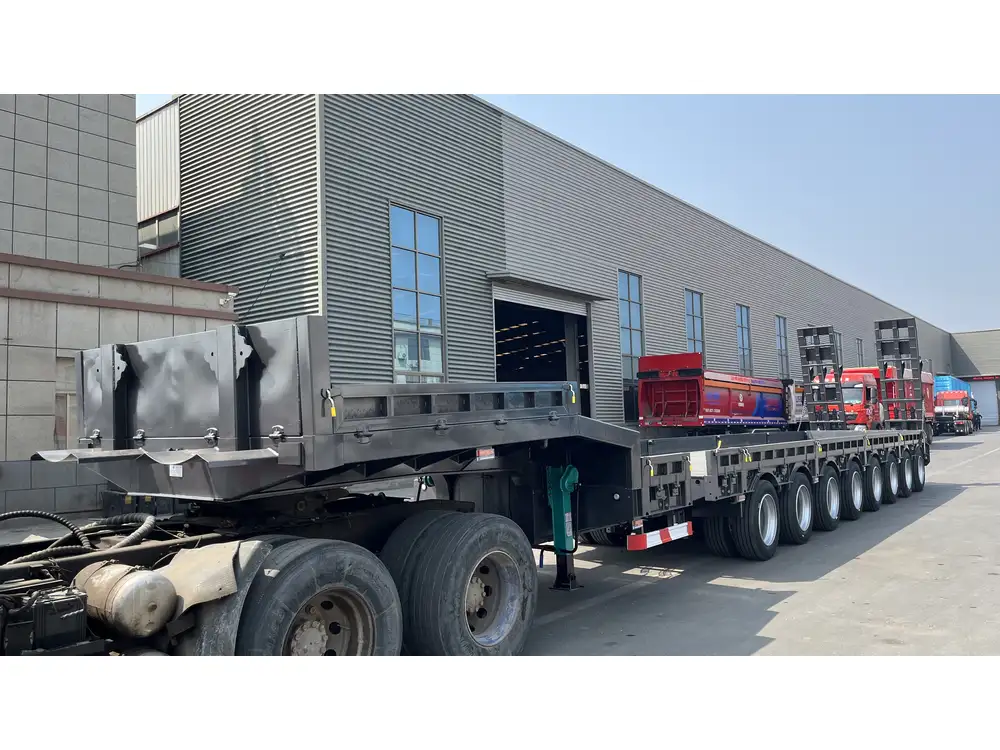
Tandem Axle Tanker Trucks
With a greater capacity and stability, tandem axle tanker trucks hold about 6,000 to 10,000 gallons of water. This type is commonly utilized for regional distributions, where the volume of liquid being transported is larger but still requires a balanced approach to weight and distribution.
Triaxle Tanker Trucks
For projects requiring a higher volume of liquid transport, triaxle tanker trucks are preferred. They typically have capacities ranging from 10,000 to 14,000 gallons, making them suitable for construction sites and large-scale events requiring bulk water deliveries.
Multi-Axle Tanker Trucks
The heavyweights of the tanker truck category are the multi-axle trucks, which can transport up to 28,000 gallons of water. These trucks are used primarily for long-distance hauling and can carry large amounts of liquid efficiently across states and municipalities.
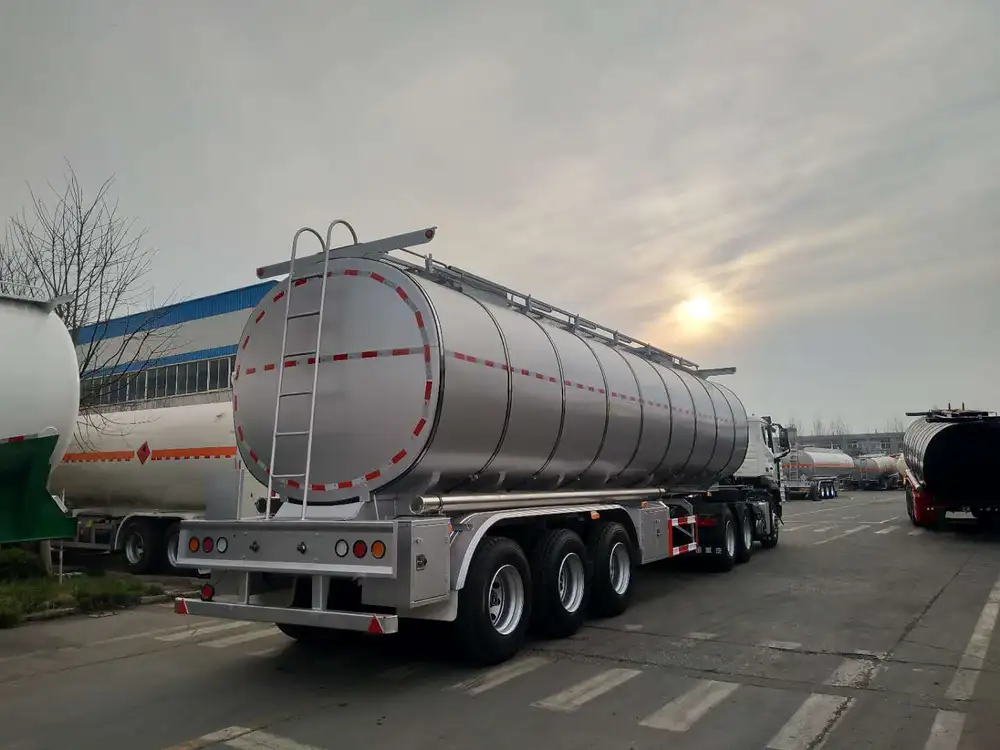
Key Factors Affecting Tanker Truck Capacities
While the average capacities provide a general guideline, multiple factors can influence the actual holding capabilities of a tanker truck:
1. Regulations and Compliance
Government regulations and safety standards dictate the maximum capacities for tanker trucks. For example, weight restrictions based on axles and vehicle design can limit how much water a tanker can safely carry. Trucks must adhere to the weight restrictions imposed while traveling on highways and roads, affecting their operational efficiency.
2. Design Specifications
The design of the tanker itself significantly impacts its capacity. Different shapes, such as cylindrical or rectangular, have varied volume capacities. The use of internal baffles within the tank also plays a role in stabilizing the load during transportation, allowing for safer and more efficient travel with higher volumes.

3. Material Composition
Tankers are generally constructed from various materials, such as aluminum or stainless steel, impacting their weight and, consequently, their capacity for carrying liquids. Lighter materials can enable a higher payload but may sacrifice durability and resistance to corrosion.
Applications of Water Tanker Trucks
Water tanker trucks are indispensable in several industries due to their ability to transport significant volumes of water. Here are some prominent applications:
1. Construction Sites
In construction, water is needed for a myriad of tasks, including compaction, dust control, and mixing concrete. Tanker trucks deliver water in bulk to ensure projects proceed without unnecessary delays caused by water shortages.
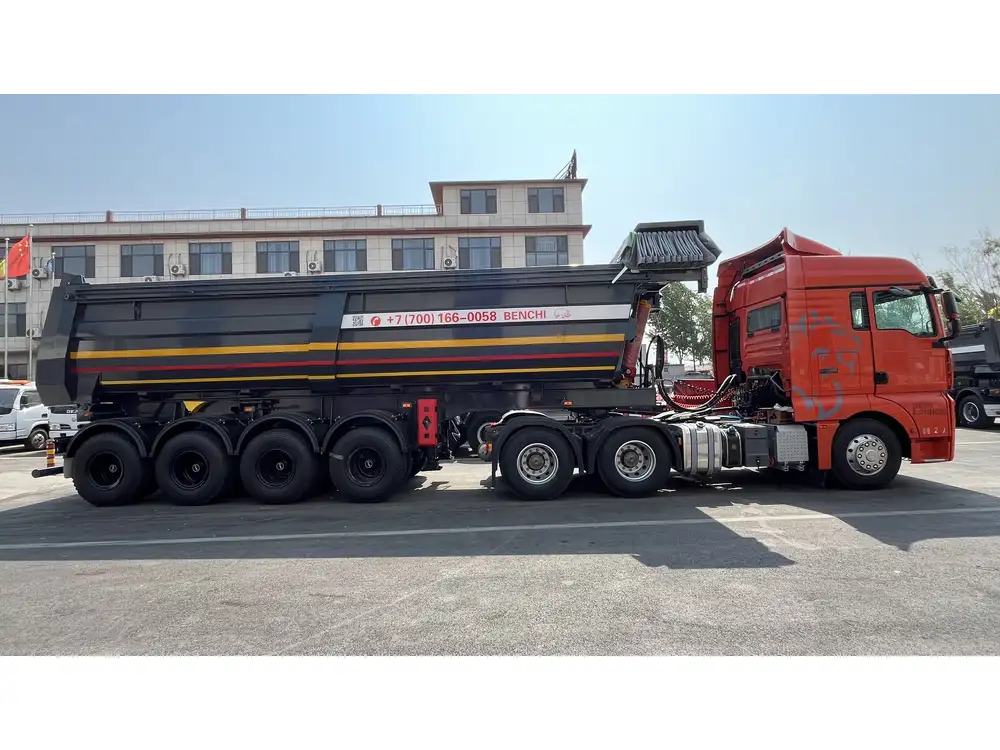
2. Agriculture
Farmers often require large amounts of water for irrigation and livestock. Water tanker trucks provide an efficient solution, enabling timely deliveries to fields, especially in drought-affected regions.
3. Event Management
For large public events, festivals, and gatherings, portable water supplies are essential. Event managers rely on tanker trucks to supply drinking water and sanitation needs, ensuring attendee satisfaction and health standards.
4. Emergency Services
During emergencies, be it fire outbreaks or natural disasters, water tanker trucks become crucial. They can deliver water to areas experiencing shortages, aiding in firefighting efforts or providing clean water access to affected populations.

Understanding the Economics of Water Transport
When considering how much water a tanker truck holds, it is also essential to understand the economic aspects of water transport:
Cost-effectiveness of Bulk Water Transportation
Transporting water in bulk is often much more economical than carrying smaller quantities, particularly for commercial farms or large construction projects. By maximizing the load capacity of tanker trucks, companies save on transportation costs per gallon.
Cost Comparison Table:
| Quantity of Water Transported | Cost per Gallon | Total Cost |
|---|---|---|
| 1,000 gallons | $0.10 | $100 |
| 5,000 gallons | $0.07 | $350 |
| 10,000 gallons | $0.05 | $500 |
Efficiencies Gained through Technology
Advancements in technological solutions allow for better route management, fuel efficiency, and real-time tracking of deliveries. These enhancements lead to increased operational efficiency for companies involved in water transport. Technologies such as GPS tracking and automated dispatch systems streamline logistics, leading to faster delivery times and reduced costs.
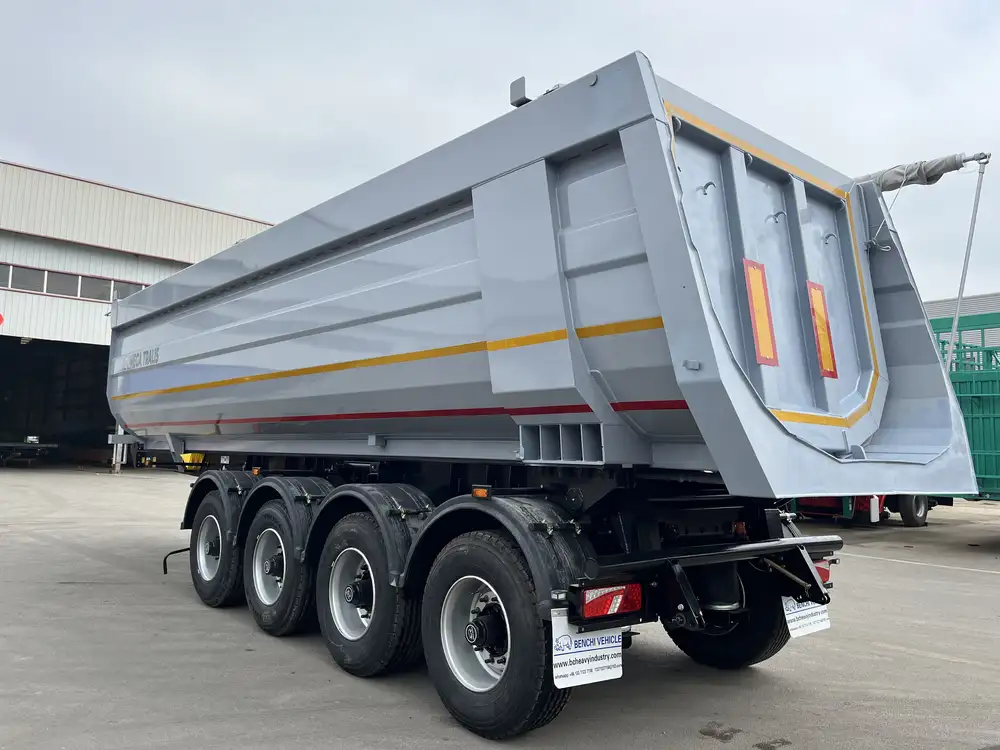
Environmental Considerations
As the industry moves towards sustainable practices, tanker truck manufacturers are incorporating eco-friendly designs and operational protocols that reduce carbon footprints. This includes the use of alternative fuels and advanced aerodynamic designs that minimize drag on long hauls.
Safety Precautions in Water Transportation
Operating a tanker truck requires stringent safety measures to mitigate risks associated with carrying large quantities of water:
1. Vehicle Maintenance
Routine checks and maintenance of the tanker truck’s systems—such as brakes, suspension, and tank integrity—are essential for safe transportation. Ensuring operational efficiency minimizes the risk of accidents.

2. Training and Regulation Compliance
Drivers must undergo specialized training to handle tanker trucks safely. This includes learning how to respond in emergencies, effectively load and unload materials, and abide by local and federal regulations.
3. Baffling Systems
Equipping tanker trucks with effective baffling systems helps prevent liquid surge, stabilizing the truck’s handling during transit. This is particularly important for larger capacity trucks, which are more susceptible to issues caused by the shifting weight of liquid loads.
4. Emergency Protocols
Each company should have clearly defined emergency procedures for their trucking operations, particularly concerning potential spills or accidents. Ensuring that drivers are trained in these protocols reduces response times and damages.
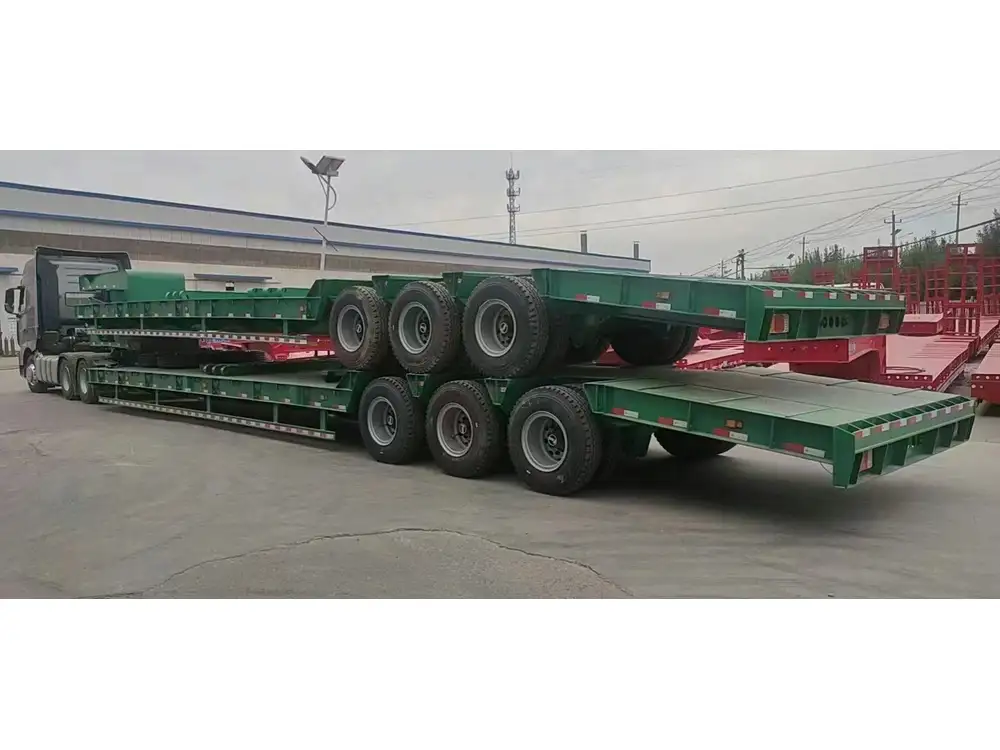
Conclusion
In conclusion, understanding how much water a tanker truck holds entails not just knowing its capacity but appreciating the various nuances of tanker truck design, operational stratagems, and the industries they serve. Whether used for construction, agricultural purposes, event management, or emergency services, the role of tanker trucks is indispensable in the effective transport of water. By making informed choices and adhering to industry best practices, stakeholders can ensure efficient and safe water transportation, ultimately contributing to their operational success in this critical sector.
Equipped with this knowledge, we are better positioned to appreciate the complexities and significance of tanker trucks within our transportation infrastructure, driving home the importance of these vehicles in facilitating access to one of our most critical resources—water.



